Experience the vibrant culture of the Thai-Vietnamese Friendship Village in Na Jok Village, Thailand. Immerse yourself in the rich traditions, delicious cuisine, and warm hospitality of these two culturally intertwined nations. Ideal for travelers seeking a unique exploration of Southeast Asian heritage.
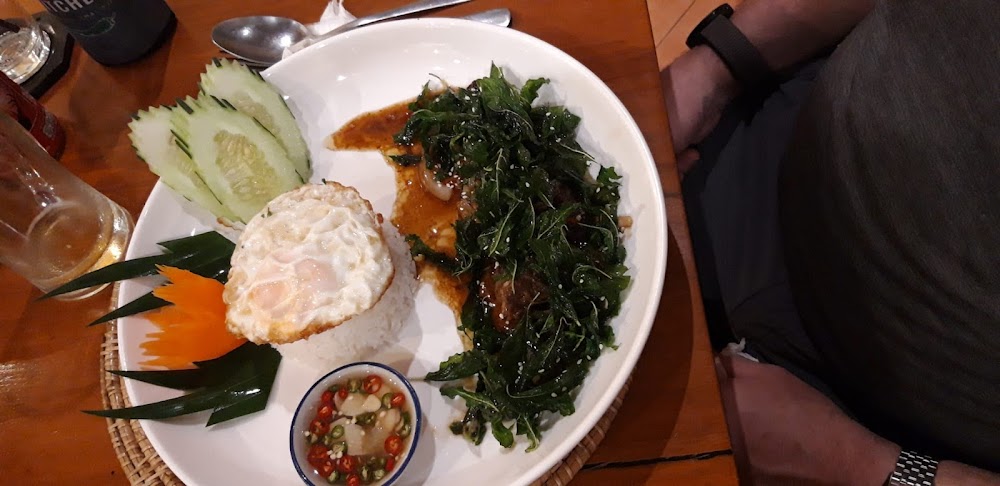
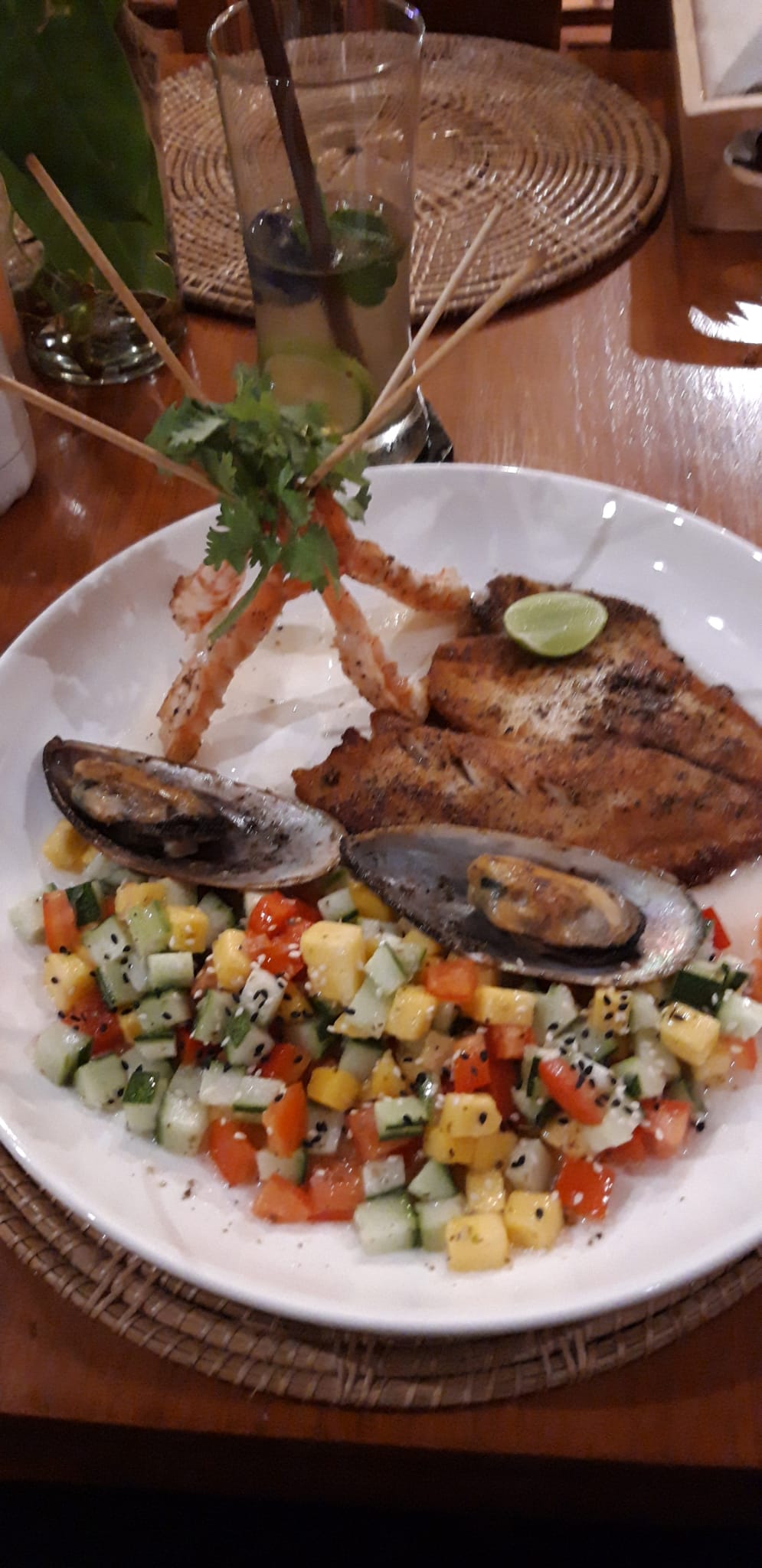
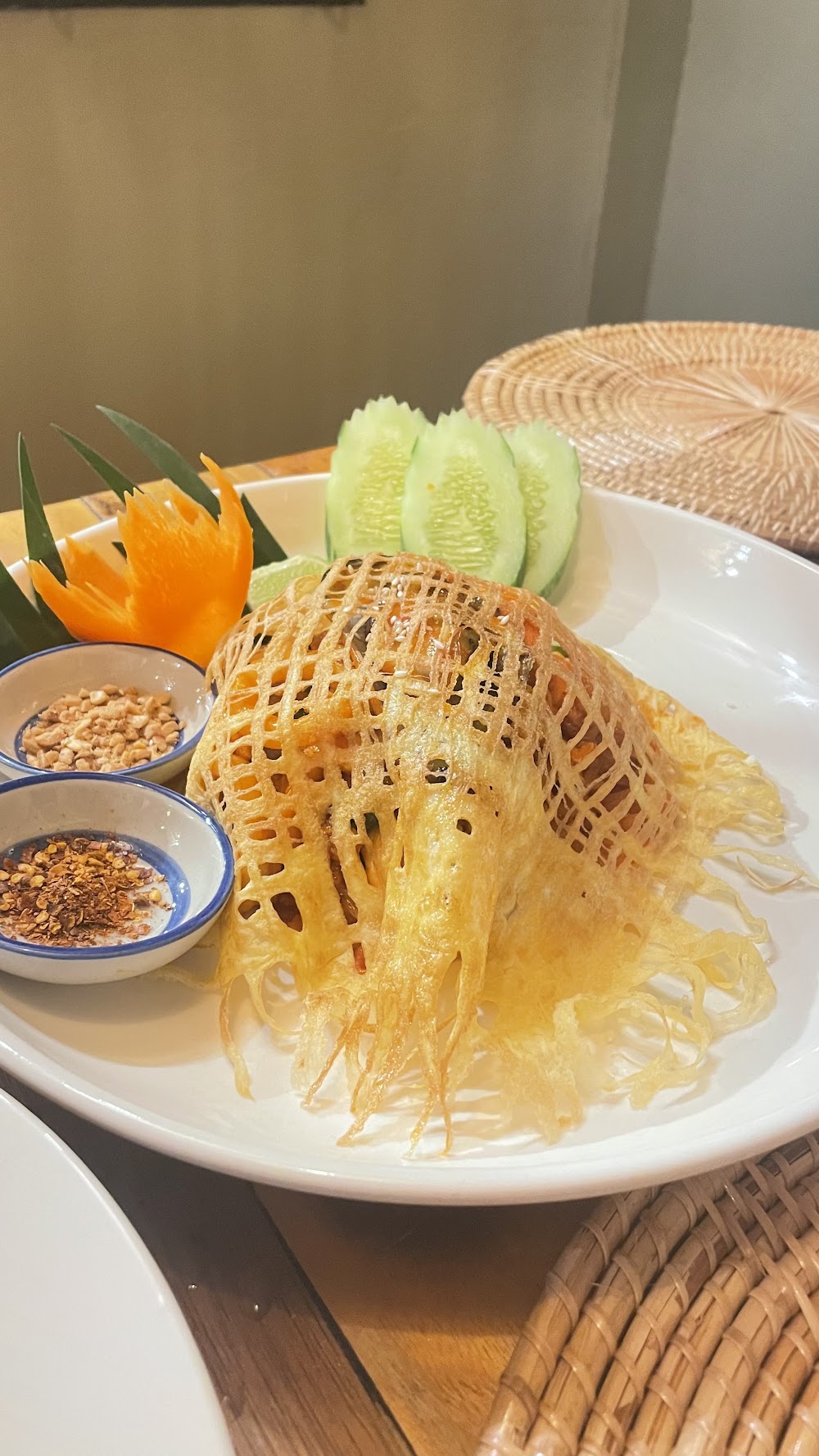
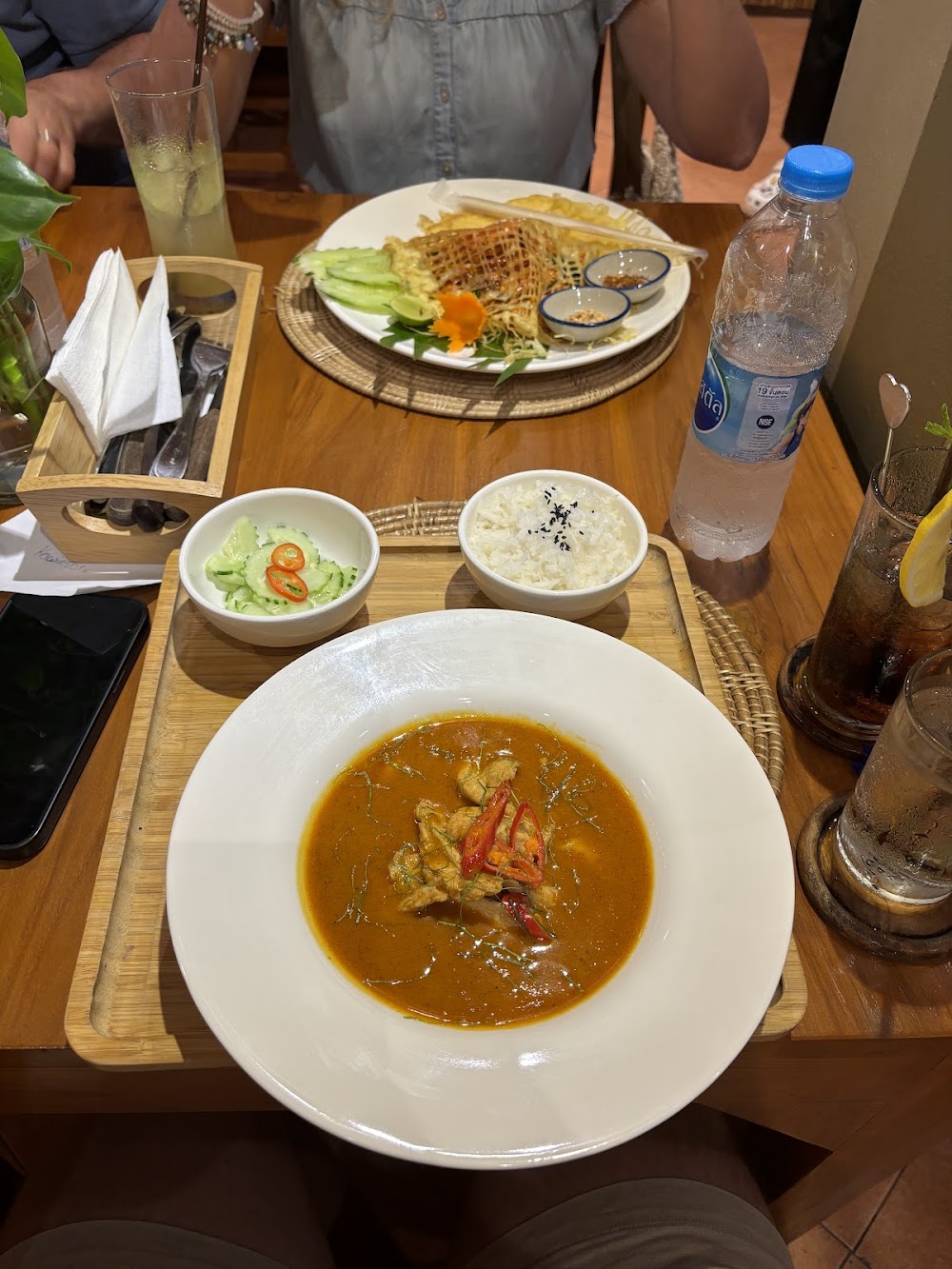

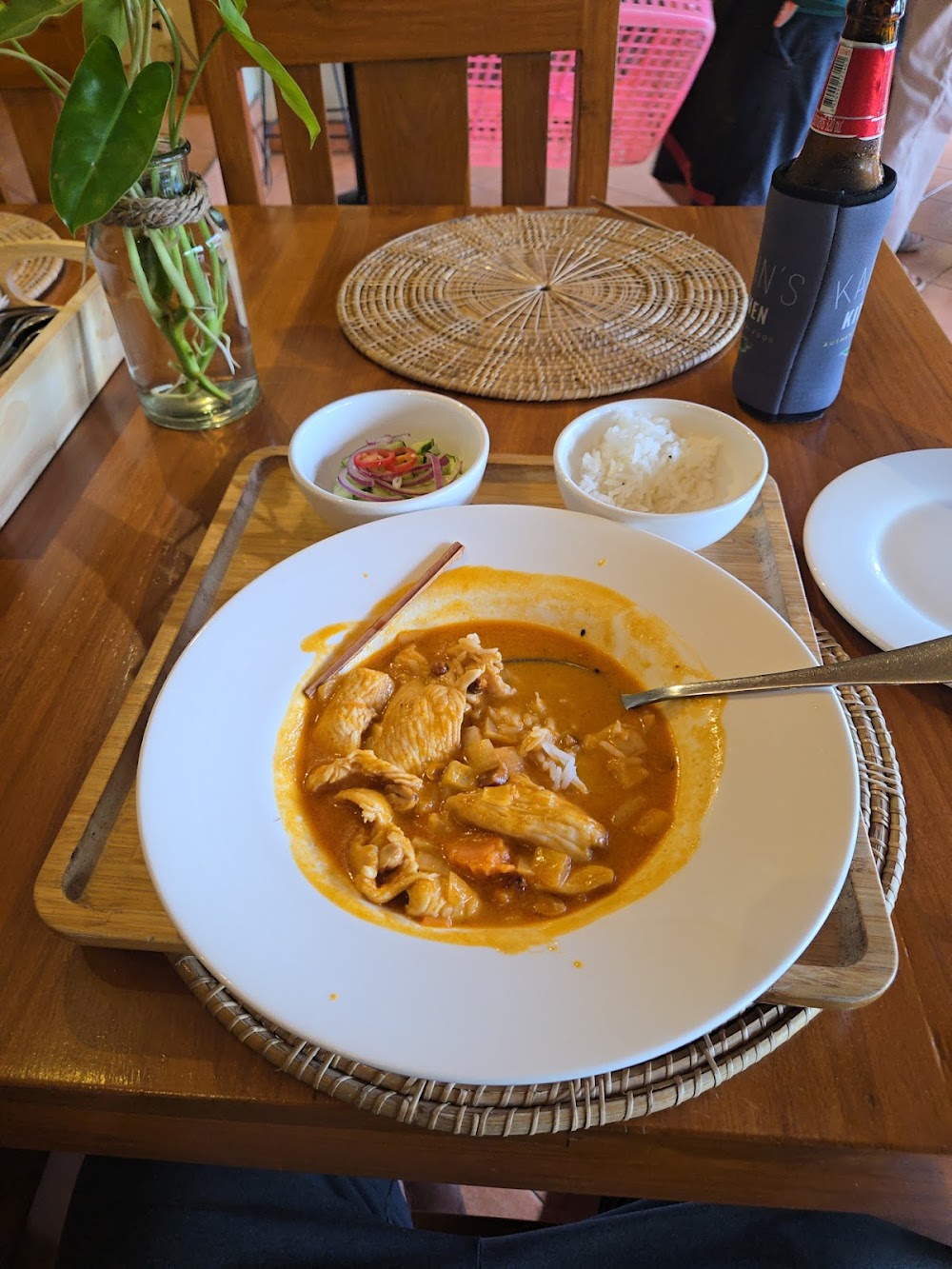
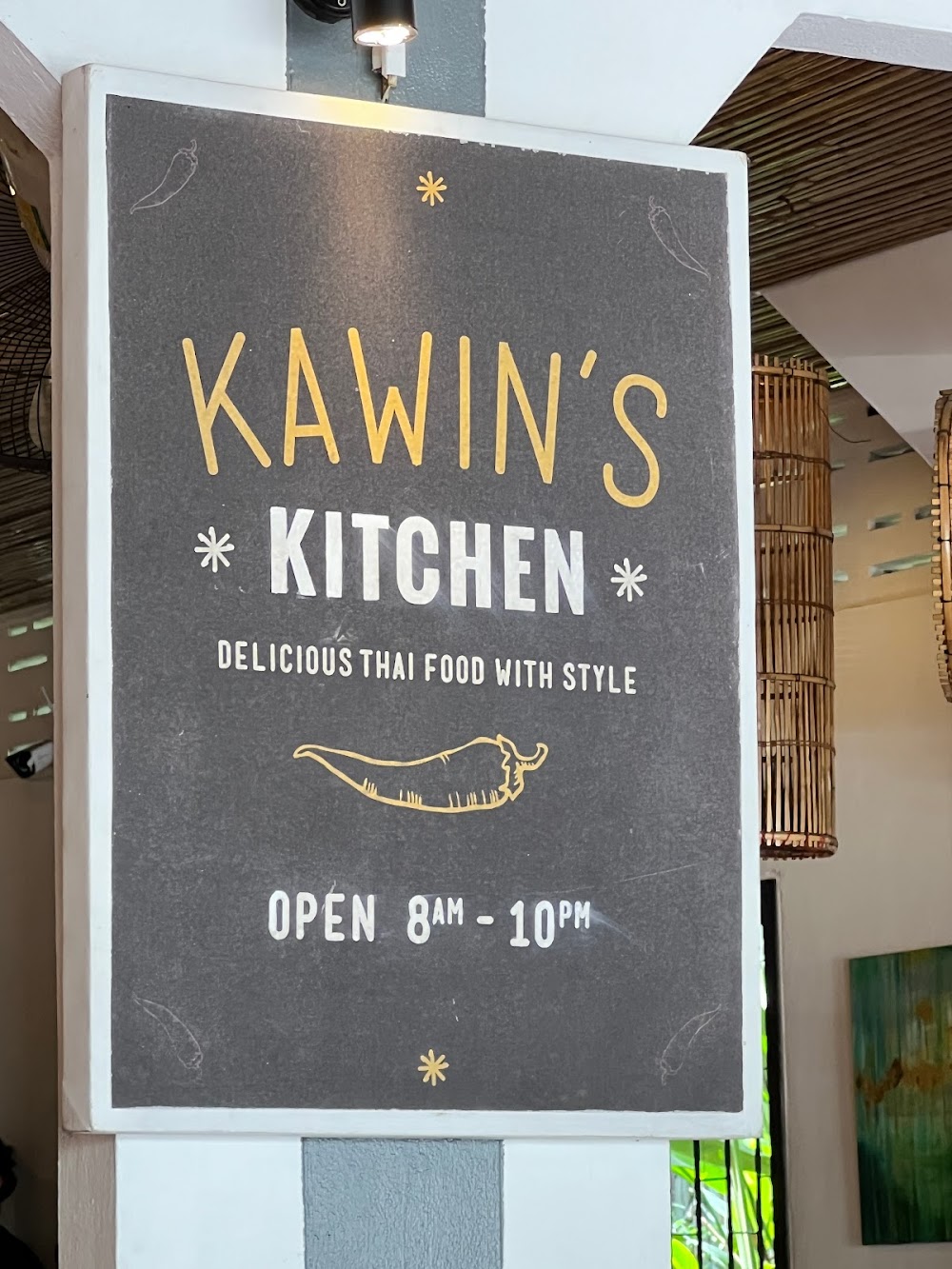







Welcome to the Thai-Vietnamese Friendship Village, a unique cultural destination located in the serene setting of Na Jok Village, Thailand. This enchanting village serves as a testament to the enduring bond between Thailand and Vietnam, showcasing the rich heritage, traditions, and customs of both nations.
Visitors to the village can immerse themselves in the vibrant lifestyle that reflects the harmonious blend of Thai and Vietnamese cultures. Stroll through lush landscapes adorned with picturesque rice paddies and colorful market stalls, where local artisans proudly display their crafts. Engage with friendly villagers eager to share their stories and preserve their ancestral traditions.
One of the highlights of the Thai-Vietnamese Friendship Village is the culinary experience it offers. Delight in a wide range of delectable dishes that combine elements of both Thai and Vietnamese cuisine. Savor the flavors of freshly prepared spring rolls, aromatic pho, spicy curries, and delicate desserts, all made with locally sourced ingredients that highlight the region’s agricultural bounty.
Cultural events and festivals are a regular occurrence, providing an opportunity for guests to enjoy traditional music, dance, and art performances that celebrate the rich tapestry of Thai and Vietnamese heritage. These vibrant festivities allow visitors to connect with the local community and appreciate the shared history that unites these two nations.
Exploring the surrounding area unveils even more beauty and adventure, with opportunities for nature hikes, scenic boat rides, and visits to nearby historical landmarks. The breathtaking landscapes and authentic cultural experiences make the Thai-Vietnamese Friendship Village a must-visit destination for travelers seeking a deeper understanding of Southeast Asian culture.
Whether you are looking to learn, explore, or simply unwind, the Thai-Vietnamese Friendship Village provides a welcoming environment filled with warmth and charm. Make this extraordinary place a stop on your journey and experience the joy of cultural exchange in Na Jok Village, Thailand.
หมู่บ้านมิตรภาพไทย-เวียดนาม (เมืองนครพนม, ไทย) - รีวิว - ThailandAgoda.com
Attractions
6 miles

0.00 miles
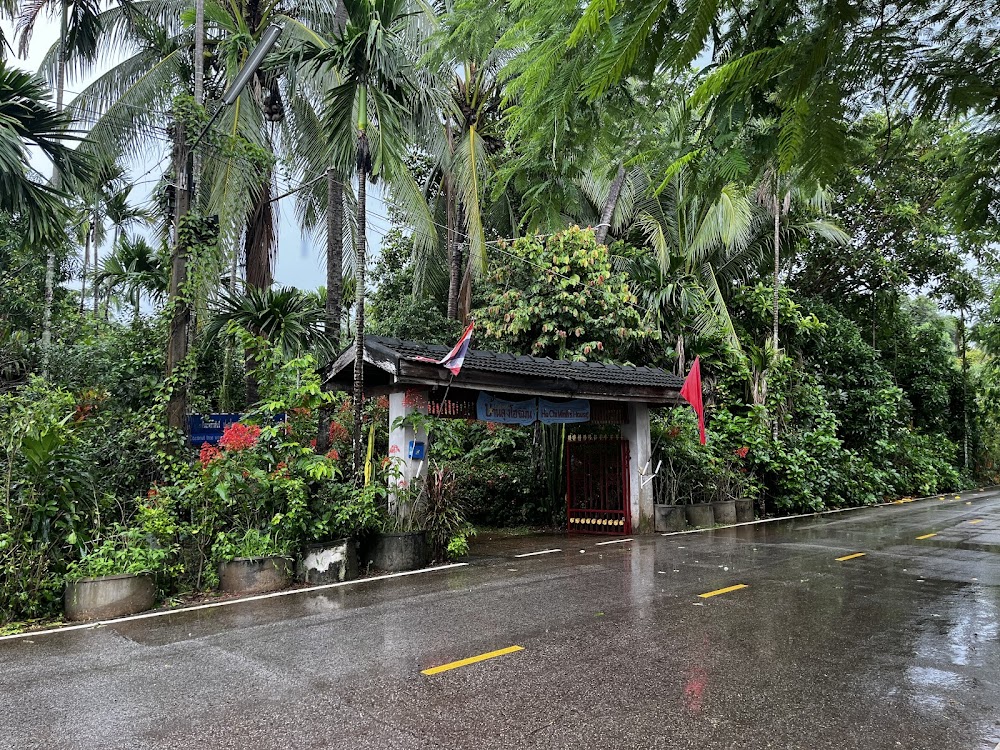
0.00 miles
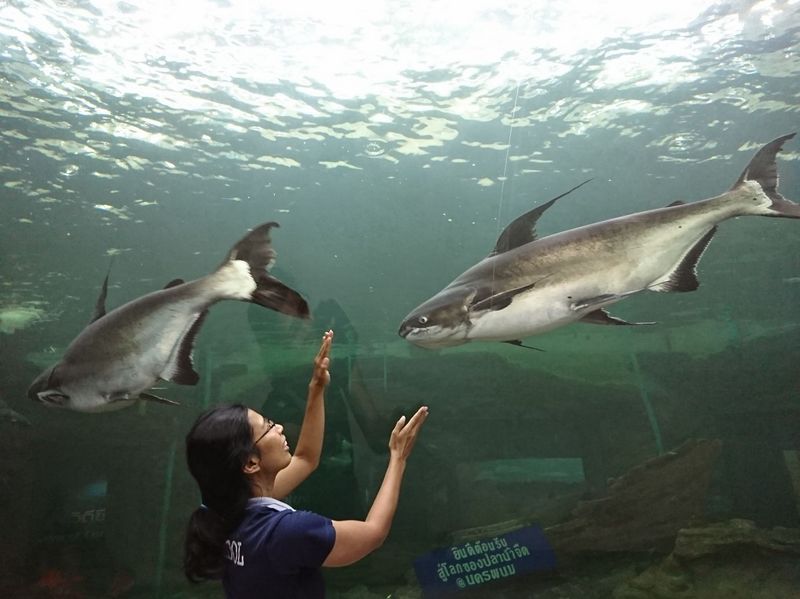
1.62 miles
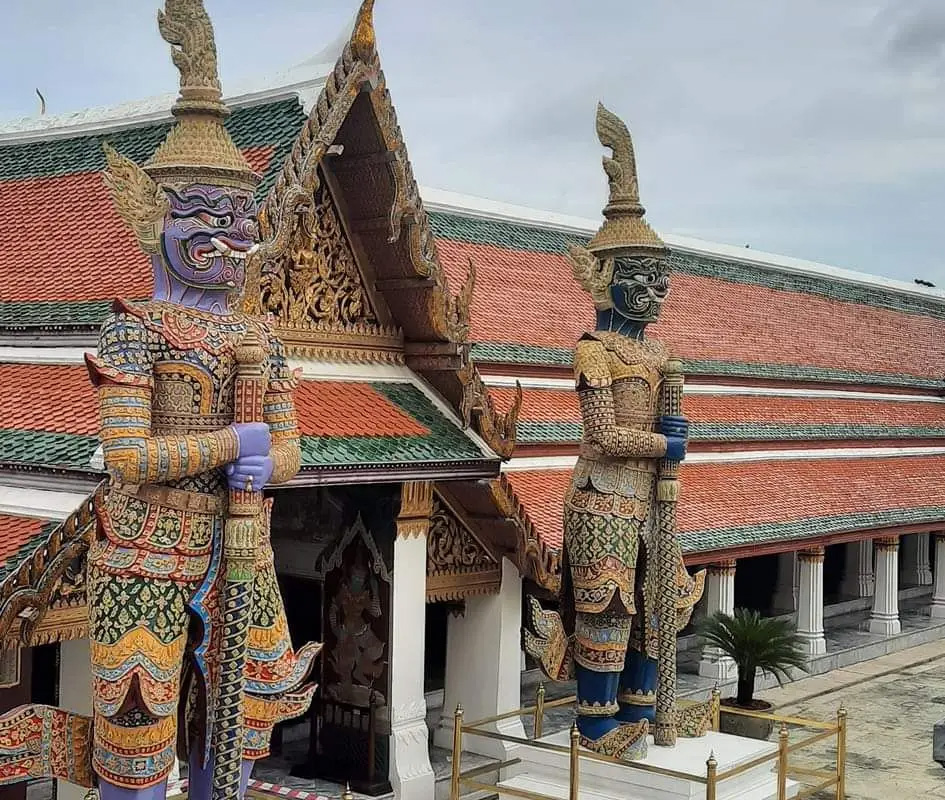
2.30 miles

2.32 miles
2.38 miles

2.58 miles
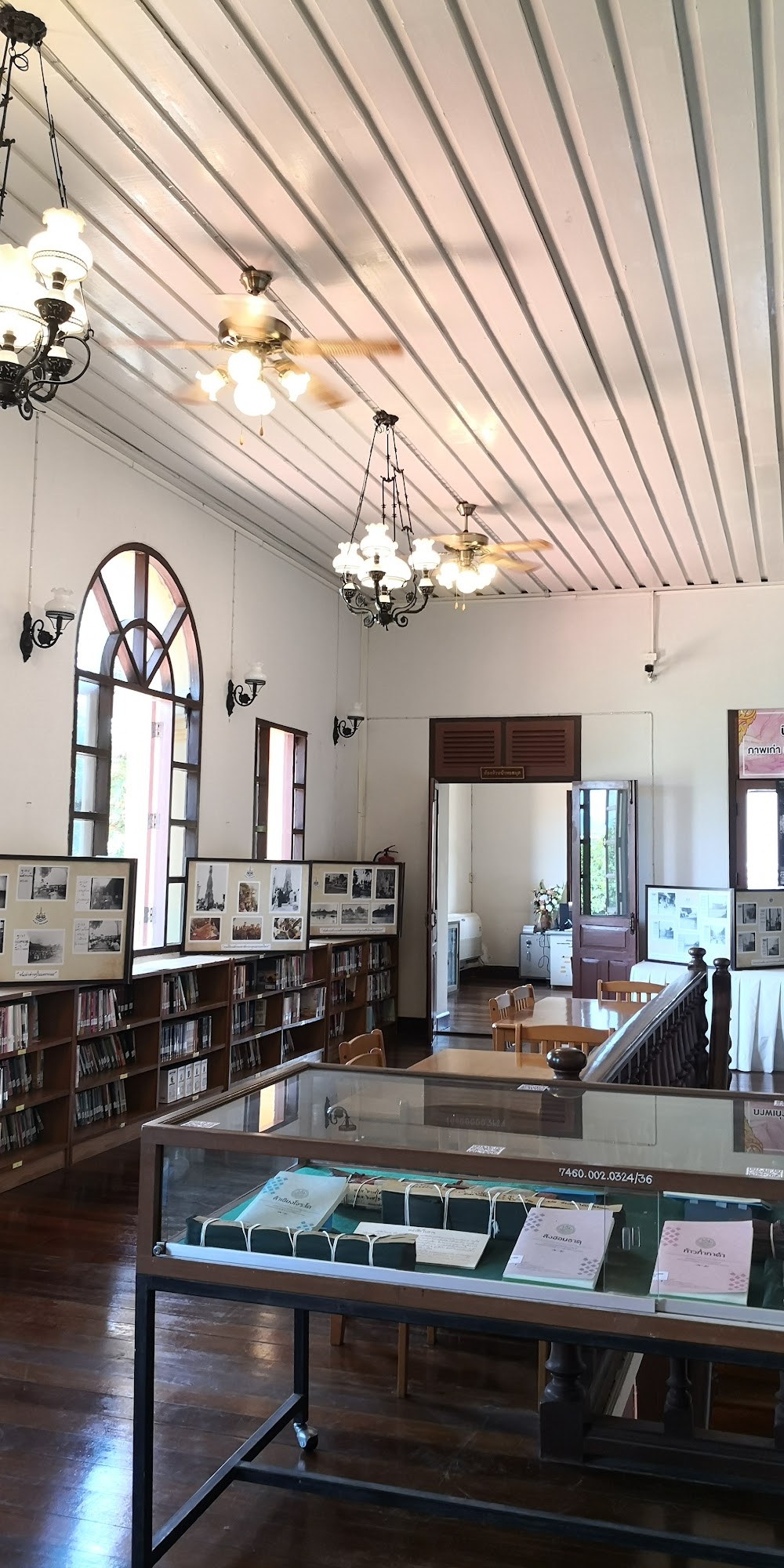
2.65 miles
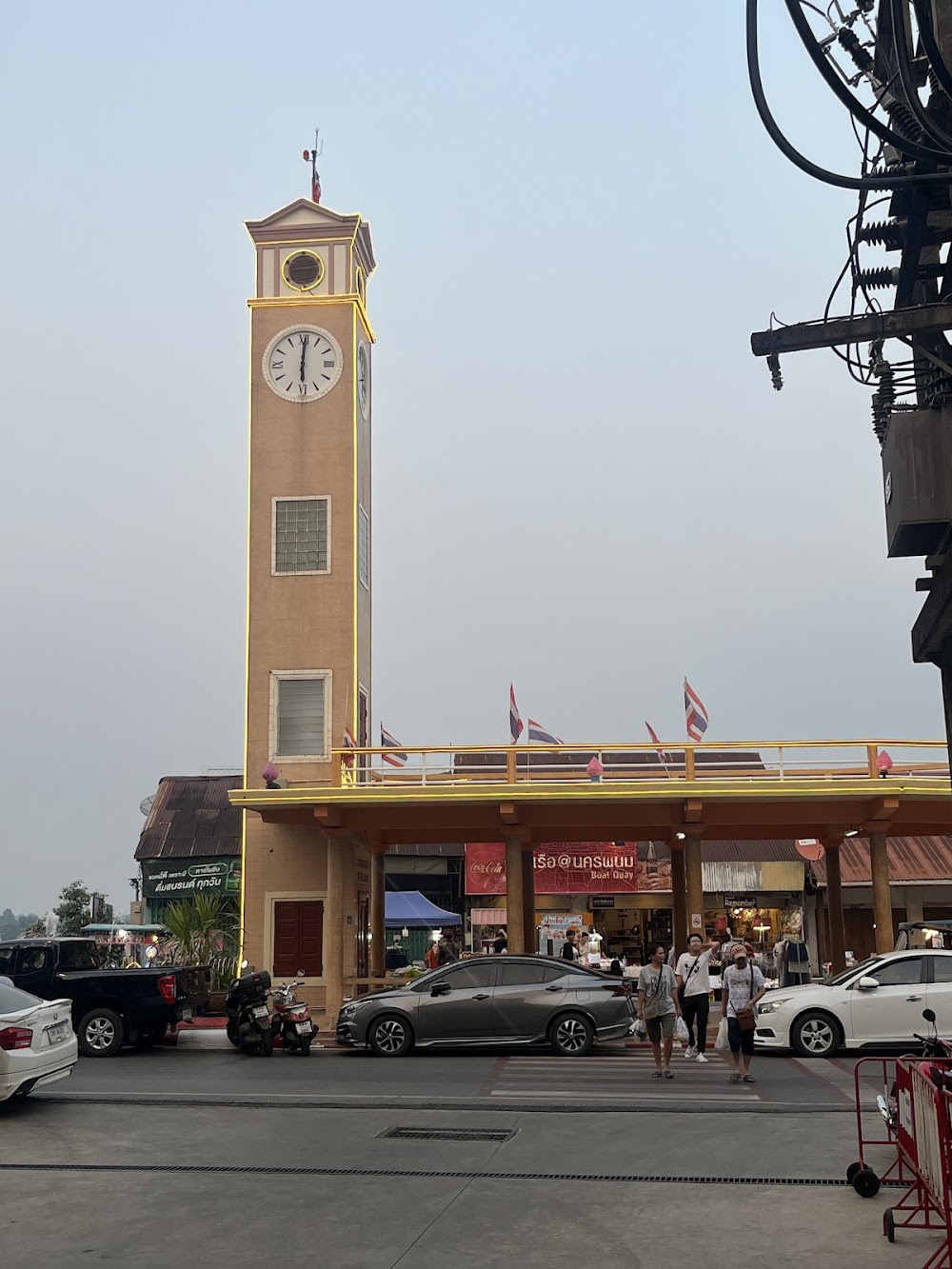
2.68 miles
2.71 miles
Thai-Vietnamese Friendship Village is perched on a picturesque hilltop overlooking Na Jok Village , Thailand
You can reach out to Thai-Vietnamese Friendship Village at +66 81 471 7266 for any inquiries about your visit or special events.
This is a fascinating place holding many memories of Uncle Ho who lived here from 1925 to 1930 ( not from 1928 as shown in the translation). The two-bedroom house and Ho’s desk and chair are authentic, and there are many other household items including an ancient radio.There is no charge, but there are two donation boxes and visitors should make a donation as there appears to be no official support for this museum ( unlike the other one nearby built with lavish support from the Vietnamese government).The very friendly lady who lives here is a Thai of Vietnamese origin who spent a few months in Melbourne, Australia with relatives who live there. There are about 150 Vietnamese-origin families in this village and some have been here since the time of King Rama III (1825-1851). There is a noodle restaurant not far away in front of the other museum. The address is 48/5 Baan Na Jok, phone numbers 042 522 430 and 088 548 9549, and they are on facebook. To get there, take the highway leading west towards Sakorn Nakorn and turn left next to the Makro store. I went by songthaew on a 4-hour trip that included the Aquarium and bridge all for B500.
A lovely building for friendship for the Thai-Vietnamese friendship and fellowship. Quite a moving visit, especially if one takes time out to pause, think, and reflect. Peasceful
If you’re a history buff and are in Nakon Phanom, you might want to check out this reconstruction of the hut that Ho lived in on and off for a while, from the 1920s to the early 30s, while he was organizing Vietnamese in Siam to resist the cruel French colonialists. But don’t expect to get any enlightening information. It’s basically knick-knacks and some photocopies on the wall. No staff to elucidate anything. And, contrary to another review here, Ho Chi Minh was most assuredly NOT the “ex-president of the Socialist Republic of Vietnam” when he stayed at this place. No such country existed until 1976, after the “communists” won the war and reunified Vietnam. Ho officially became the leader of North Vietnam on September 2, 1945, following the defeat of Hirohito’s rapacious forces, and it wasn’t until the defeat of the French at Dien Bien Phu in 1954 that he really became president of the north.
Beautiful landscape and new concrete buildings replicating “Chinese style” buildings. Having a small theater showing a short 15 minute video telling about Hồ Chí Minh’s life ( in English & Thai) would be more interesting than exhibiting a wall of b&w photographs; for, he did live an interesting life that most people are not aware of. Not worth a special trip unless you have plenty of time . The small Mekong River Aquarium is nearby( 30 baht only) which can be a included in your day’s excursion in this area.
The Vietnamese style architecture was built in 2014-2016 in honour of Ho Chi Minh, the former president of Vietnam, that used to stay in this region in the late 1920s.The entrance gate is a combination of Thai and Vietnamese style with colorful bas-relief of golden shower tree and lotus flower which represent national flowers of Thailand and Vietnam respectively. Then, visitor may cross a pool bridge to the Vietnamese shrine to pay respect to Ho Chi Minh statue. There’s also a small replica of a mountain near this shrine. In the next building, there is a museum that collects the history of the path of Ho Chi Minh’s fight to regain independence from France. Also, there is a wax model of young Ho Chi Minh meeting the villagers. Finally, visitor can rent Ao Dai, Vietnamese traditional dress, and buy some OTOP products at the souvenir shop. This place has no entrance fee. However, you can donate some money to maintain the place.Last but not least, don’t forget to have a traditional Vietnamese meal at “Najok homestay” nearby (advance reservation required). Very Delicious!